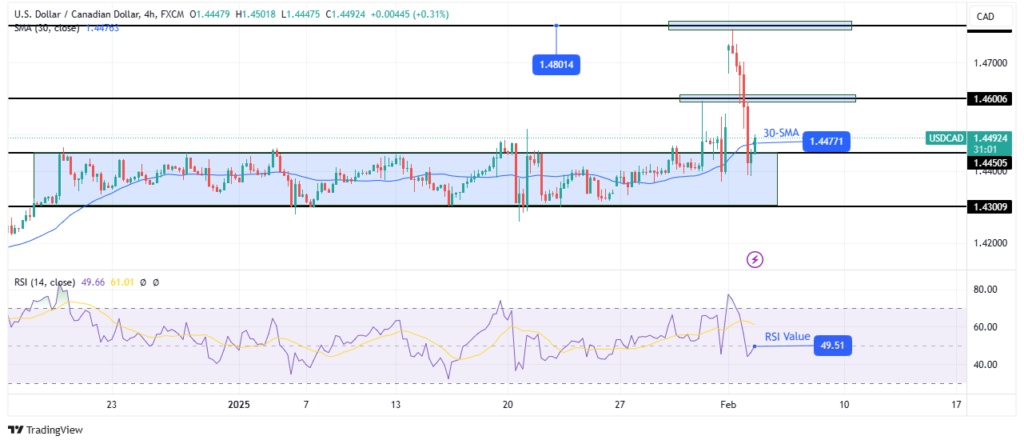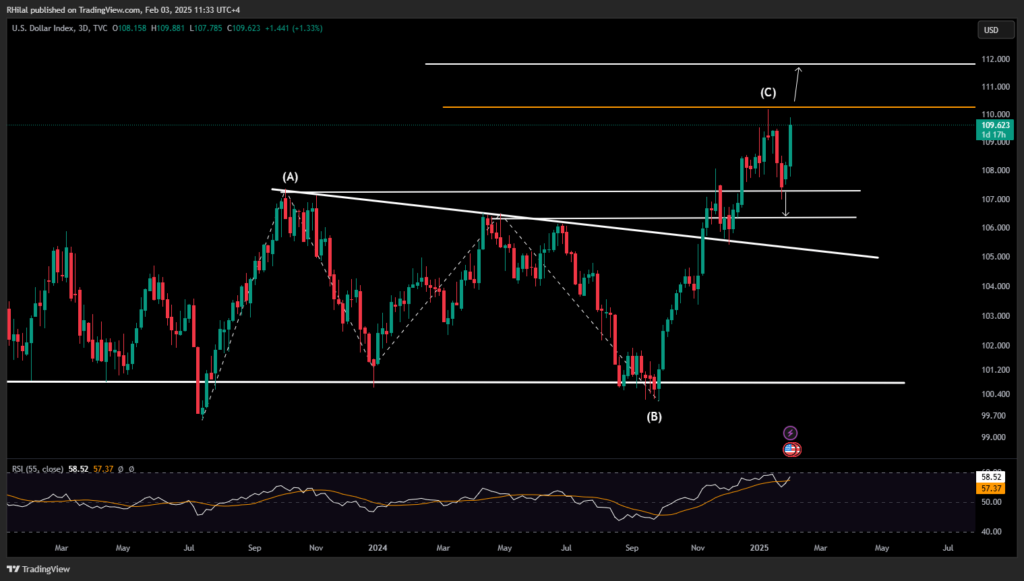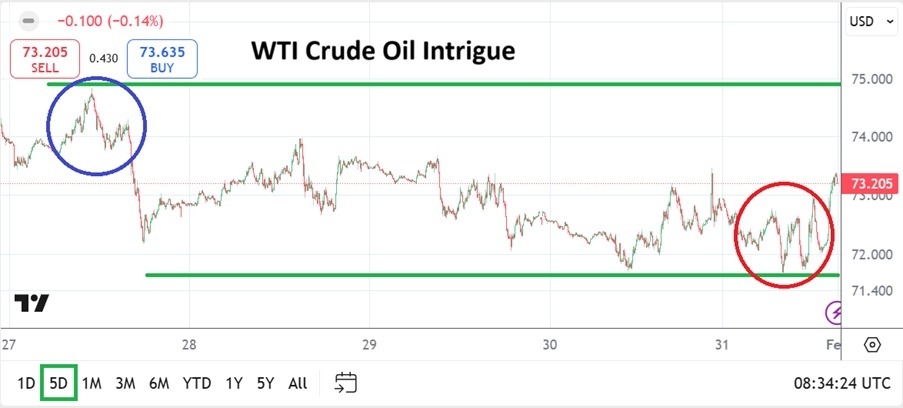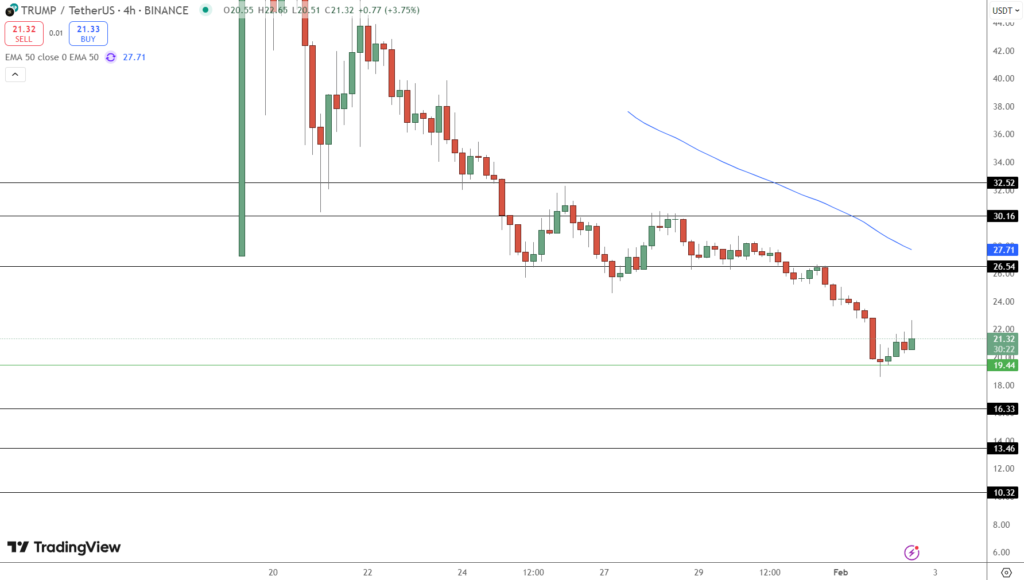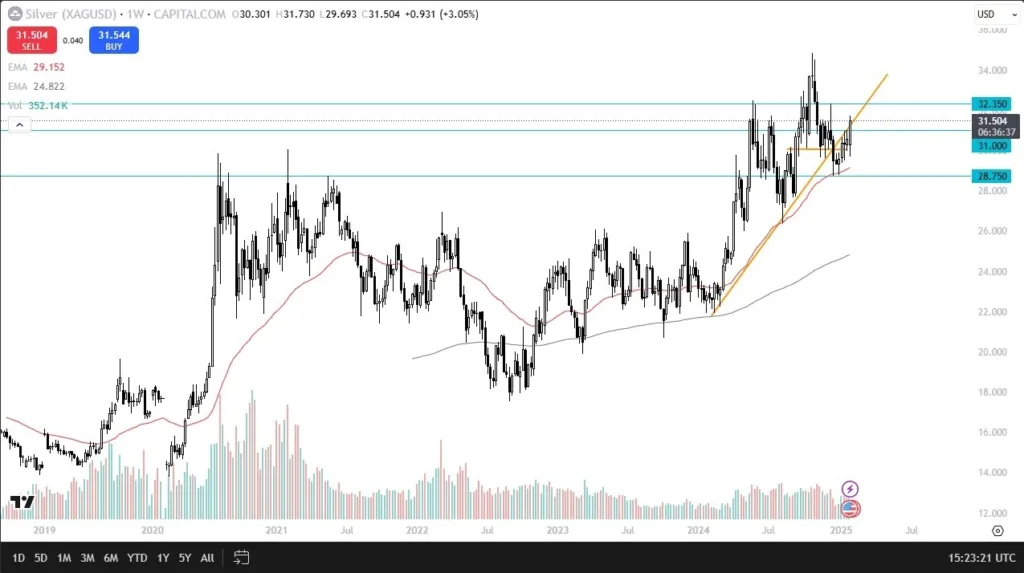Despite easing North American trade tensions, uncertainty looms as Trump’s 10% tariff on Chinese imports is still scheduled to take effect today. Market sentiment remains fragile, with Trump hinting at upcoming talks with Beijing to potentially reconsider the duties.
Weak Chinese Demand and OPEC’s Output Stability Add Pressure
On the demand front, signs of slowing factory activity in China—the world’s largest crude importer—have raised concerns about a potential decline in global oil consumption. January data revealed weaker-than-expected growth in China’s manufacturing sector, further dampening oil demand projections.
Meanwhile, OPEC and its allies opted to maintain their current production levels during Monday’s review meeting. This decision defied Trump’s call for increased output to curb rising oil prices. By holding steady, OPEC signals confidence in the market’s ability to self-balance despite geopolitical disruptions.
Technical Outlook: WTI Faces Strong Resistance, Weak Support
WTI crude remains entrenched in a bearish trend, trading at $71.86 and struggling to reclaim the pivot point at $73.10. The 50-day EMA at $73.15 serves as a critical resistance level, with additional hurdles at $74.72 and $75.95. A decisive break above these levels could shift market sentiment toward bullish territory.
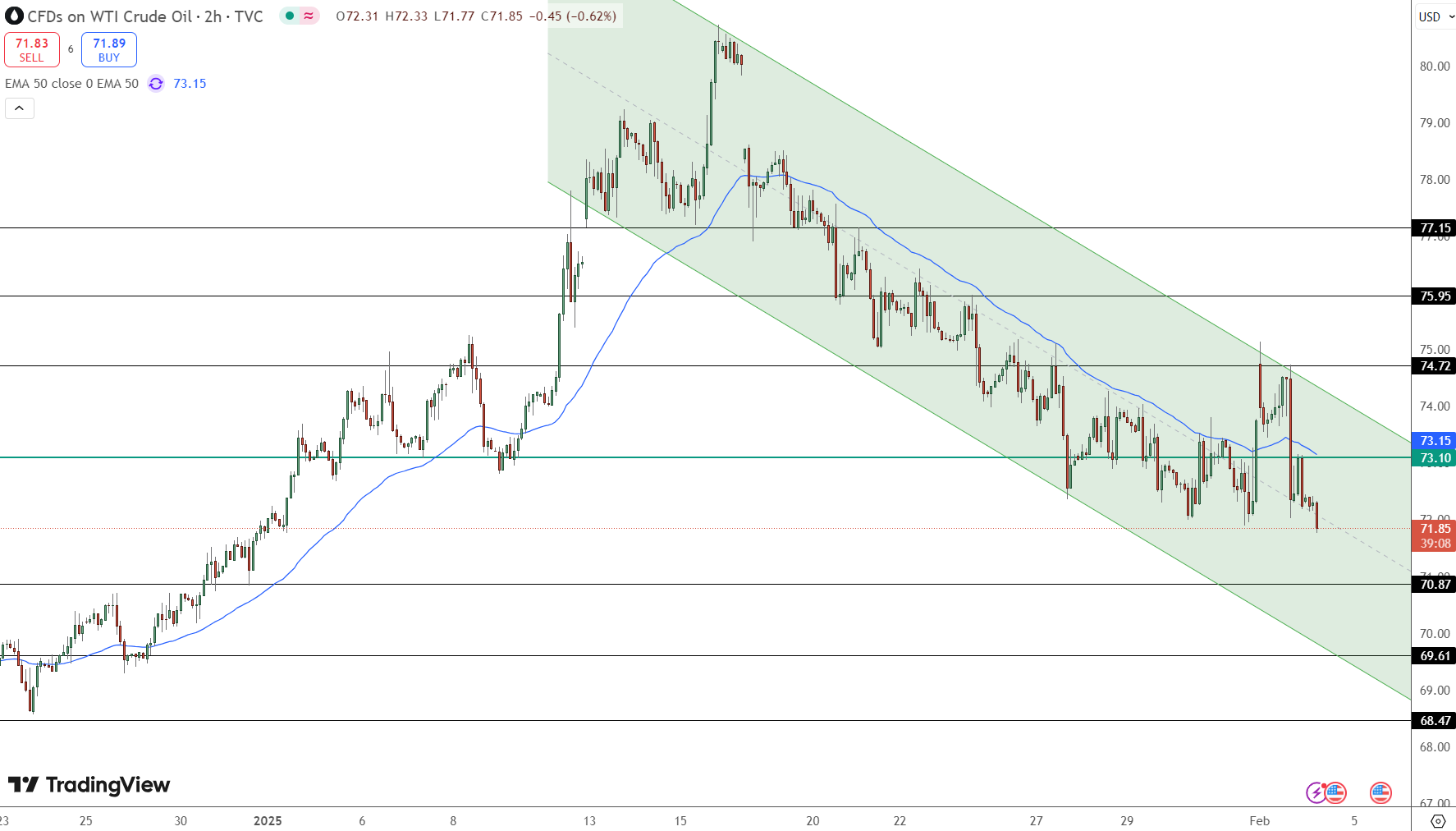
Key support levels to watch include $70.87, with potential downside extensions to $69.61 and $68.47 if bearish momentum persists. Technical indicators, including a near-oversold RSI, hint at the possibility of short-term rebounds, but the broader outlook remains negative unless WTI climbs above $74.72.
Key Takeaways:
-
Bearish Trend: WTI trades below $73.10, facing resistance at $73.15 and $74.72.
-
Support Levels: Watch for potential declines below $70.87 toward $69.61 and $68.47.
-
Market Pressure: Tariff uncertainty and OPEC’s output stance weigh heavily on price stability.
In conclusion, without a clear resolution to U.S.-China tariff tensions and no production adjustments from OPEC, WTI crude oil may continue facing downward pressure in the near term.

